Top 10 Coldest Places in the World 2025
By ICON TEAM | Published on Apr 21, 2025
List Of Top 10 Coldest Places in the World 2025
As the world's climates continue to vary, some areas stand out for being exceptionally cold, which challenges both scientific research and human endurance. These places, which range from polar research outposts to isolated Russian settlements, often record some of the lowest temperatures on the planet. Based on historical data, current trends, and their distinct climatic features, the top 10 coldest locations in the globe for 2025 are examined in detail below.
1. Oymyakon, Russia:
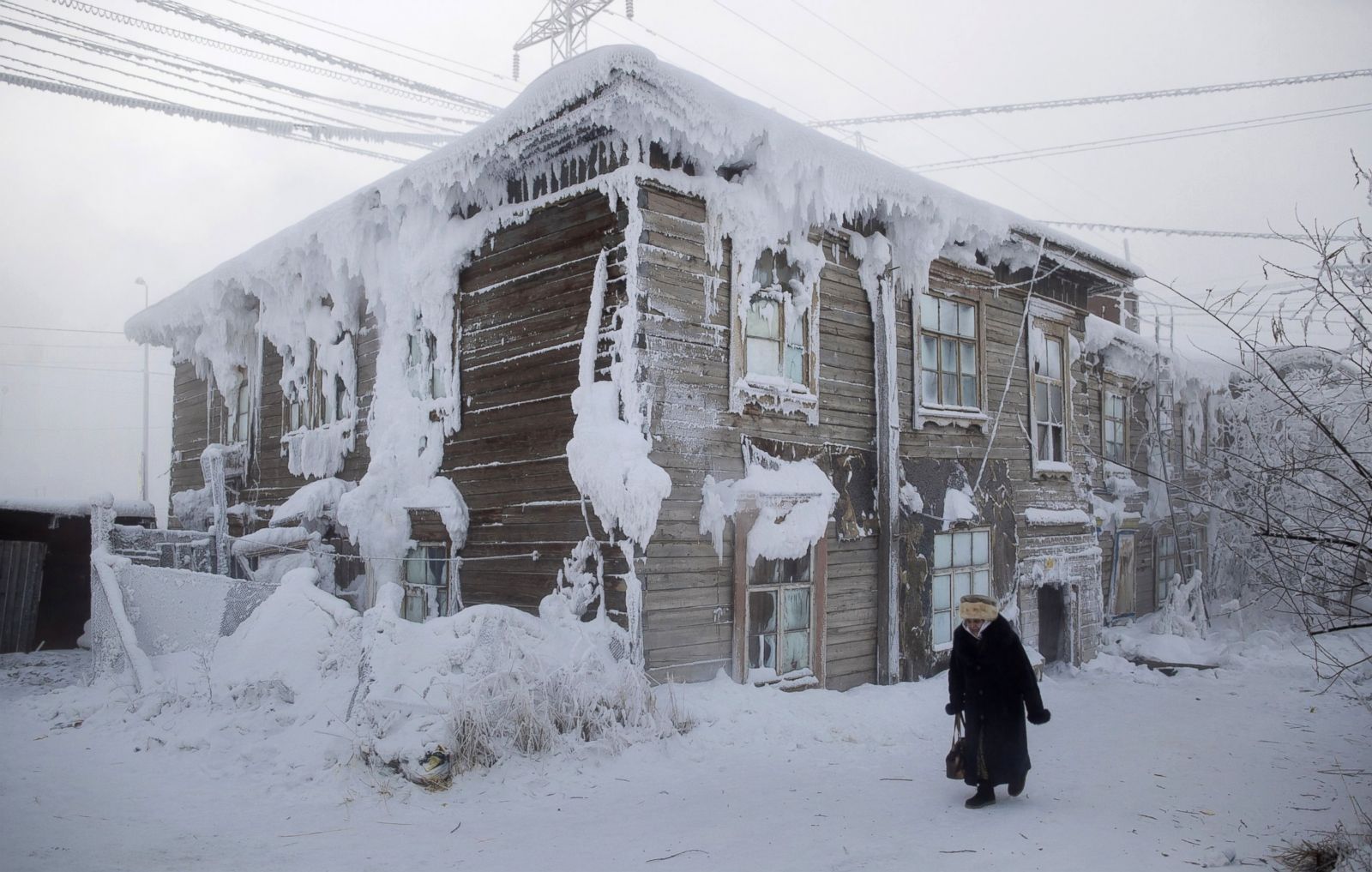
The coldest permanently inhabited place on Earth is Oymyakon, which is located in the Sakha Republic in Siberia. This isolated community is known as the "Pole of Cold," and records show that temperatures have dropped as low as -67.7°C (-89.9°F). In 1924, the lowest unofficial temperature was -71.2°C (-96.2°F). Oymyakon experiences harsh winters, with typical January temperatures of -50°C (-58°F). Rather from being moderated by oceanic influences, the region's harsh continental climate produces months of bone-chilling cold. About 500 people live there in spite of the terrible circumstances, which include frozen eyelashes, stuck cars, and a survival-oriented way of life that includes ice fishing and diets high on reindeer meat. Oymyakon's position at the top of this list in 2025 is guaranteed by its remote location and distinctive microclimate.
2. Antarctica:
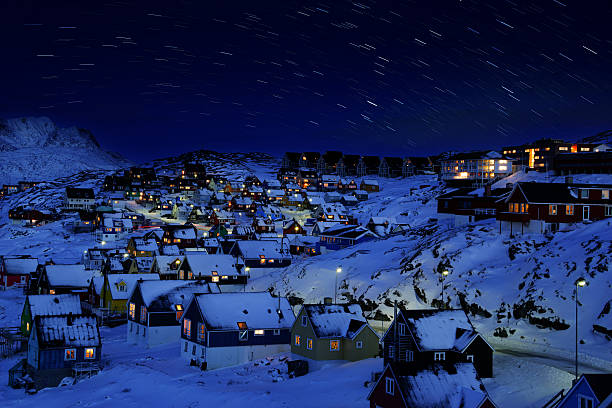
With some of the lowest recorded temperatures, the huge, ice-covered continent of Antarctica is known for its extreme cold. On July 21, 1983, the Russian Vostok Station, which is situated at an elevation of 3,488 meters (11,444 feet), recorded the lowest temperature in history, which was -89.2°C (-128.6°F). As of 2025, Antarctica is still a frozen frontier, with average winter temperatures in interior regions ranging from -60°C to -70°C (-76°F to -94°F). The continent is a prescription for relentless cold because of its high elevation, dense ice sheets, and lack of sunlight throughout the arctic winter. While the surrounding terrain continues to be among the most hostile on Earth, research stations like Vostok and Dome Fuji continue to track these conditions, providing insights into planetary science and climate change.
3. Mongolia:
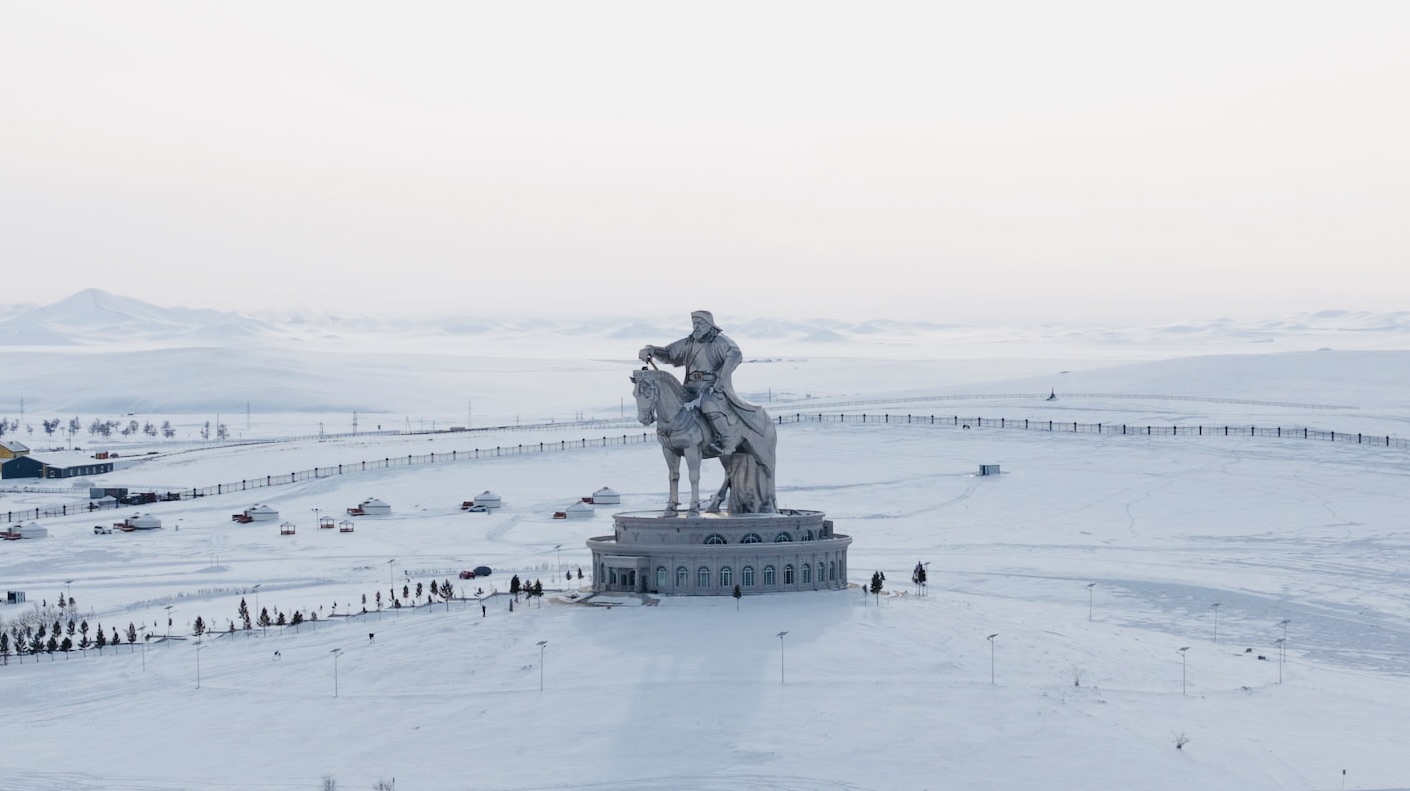
One of the coldest nations in the world, especially during its protracted, severe winters, is Mongolia because of its enormous steppes and high-altitude plateaus. January temperatures in Ulaanbaatar, the capital, average between -20°C and -30°C (-4°F and -22°F), making it the coldest capital city in the world. The temperature can drop to -40°C (-40°F) or lower in isolated places like the Gobi Desert or the Altai Mountains. Extreme temperature fluctuations are a product of Mongolia's continental climate, which is made worse by its height and remote location from the ocean. Rural herders still suffer these harsh temperatures in 2025, living in gers, or traditional yurts, that are made to survive the cold. The nation's position as one of the coldest places is guaranteed by its distinctive fusion of subarctic climate and nomadic culture.
4. Denali, Alaska, USA:
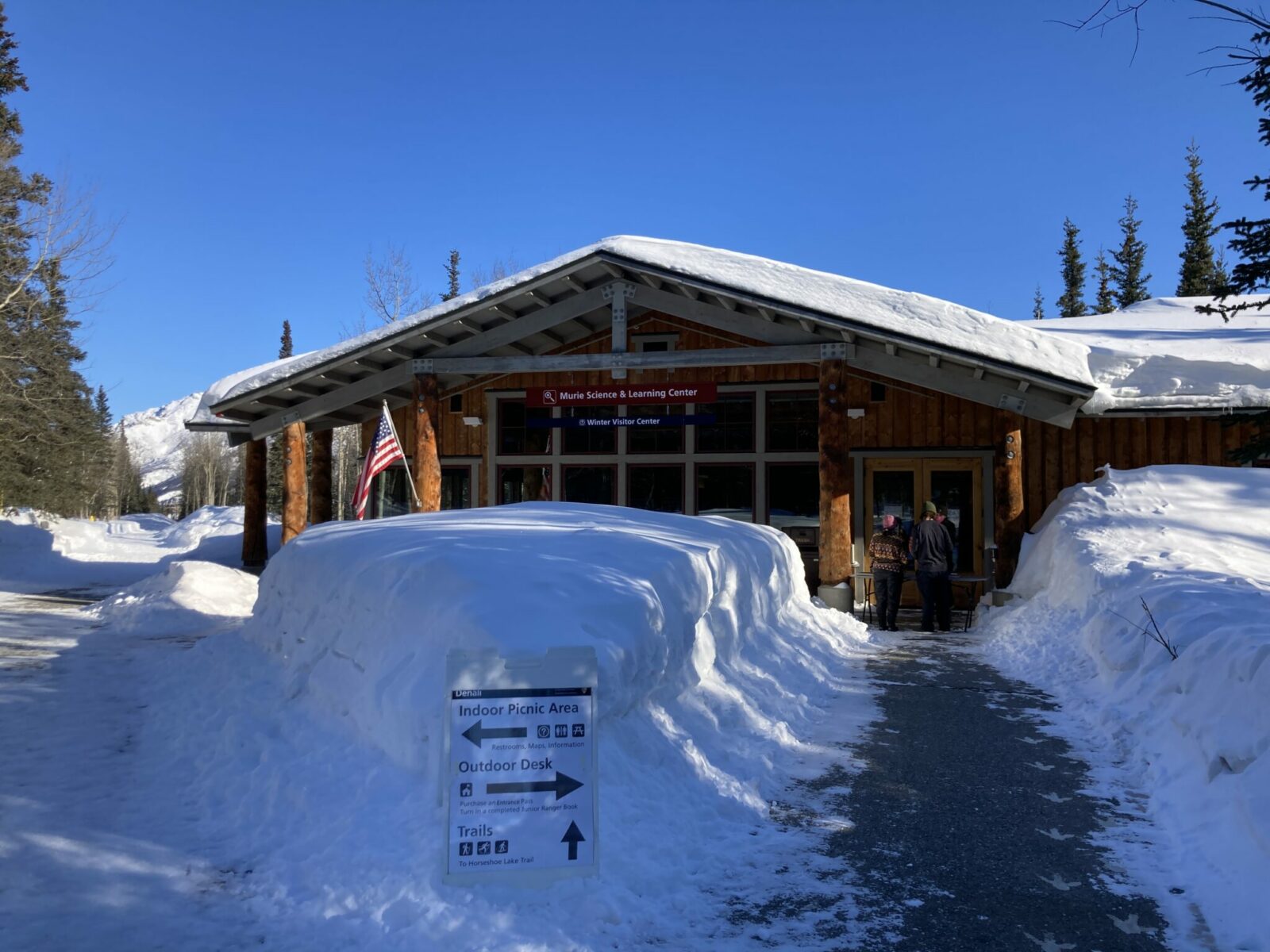
At 6,190 meters (20,310 ft), Denali is the tallest peak in North America and stands as a frozen sentinel in the interior of Alaska. The mountain is among the coldest locations in the Western Hemisphere due to its high elevation and exposure to Arctic air masses. During the winter, wind chills can reach -60°C (-76°F), and summit temperatures can plummet to -40°C (-40°F) or lower. Climbers still have to contend with potentially fatal weather like blizzards and frostbite dangers in 2025, which makes Denali a difficult task. Winters in the nearby Denali National Park are likewise extremely cold, with lowland temperatures dropping as low as -30°C (-22°F). Denali's place on this list is guaranteed by the mix of elevation, latitude, and Arctic weather patterns.
5. Amundsen-Scott South Pole Station, Antarctica:
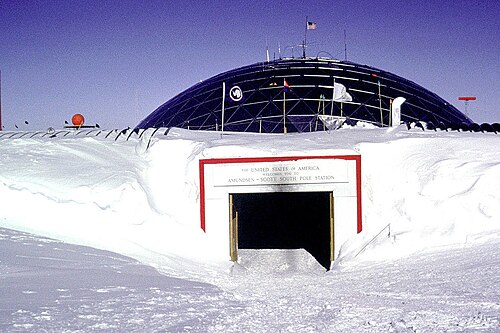
The Amundsen-Scott South Pole Station, one of the coldest inhabited locations on Earth, is situated at the geographic South Pole and serves as a center for polar research. Winter temperatures at the station, which is 2,835 meters (9,301 feet) above sea level, average -60°C (-76°F), with lows of -80°C (-112°F). The six-month-long polar night throws the station into the dark and makes the cold worse. Scientists at the station, who live in insulated buildings built to survive the harsh environment, are still researching astrophysics, glaciology, and climate in 2025. The station is a tribute to human tenacity in the face of nature's most severe climates because of its remote position and difficult surroundings.
6. Canada:

The Yukon and Nunavut, two of Canada's largest northern territories, are among of the coldest places on earth. Winter temperatures in places like Eureka, Nunavut, frequently fall to -40°C (-40°F), and wind chills make it feel even colder. On February 3, 1947, the lowest temperature ever recorded in Canada was -63°C (-81.4°F) in Snag, Yukon. Communities in Canada's Arctic regions, such as Iqaluit and Yellowknife, still experience long, gloomy winters with below-freezing temperatures in 2025. The country's continental climate and closeness to the Arctic Circle cause the northern regions to remain consistently frigid. Even while contemporary infrastructure and indigenous tribes have adjusted to these extremes, the cold is nevertheless a defining characteristic.
7. Finland:

Finland is one of the coldest countries in Europe, especially in its northern Lapland region. Winter temperatures in Sodankylä and other regions of Lapland typically range from -30°C to -40°C (-22°F to -40°F). In 1999, the lowest temperature ever recorded in Finland was -51.5°C (-60.7°F) at Kittilä. Finland experiences lengthy winters and brief summers due to its subarctic climate, which is impacted by its closeness to the Arctic Circle. Lapland is still a winter paradise in 2025, drawing visitors with its ski resorts and aurora borealis as residents brace themselves for the cold with insulated homes and saunas. Finland stands out on this list because of its unique combination of modern living and bitter cold.
8. Klinck Research Station, Greenland:
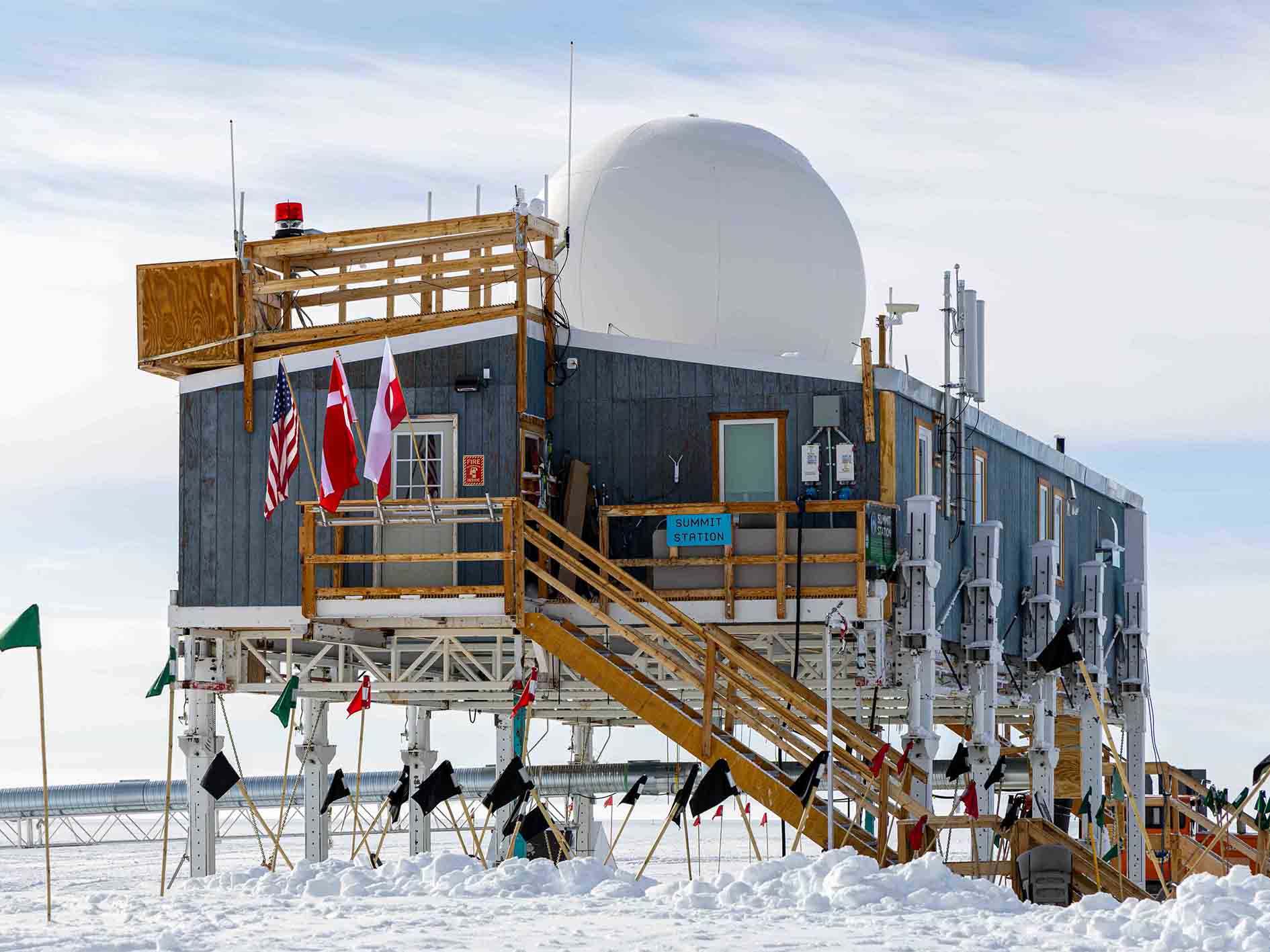
One of the coldest locations in the Northern Hemisphere is the Klinck Research Station, which is situated in the heart of Greenland at an elevation of more than 3,000 meters (9,842 feet). With winter averages of about -50°C (-58°F), the station, which operates sporadically, has recorded temperatures as low as -69.6°C (-93.3°F). A polar desert climate with little precipitation and bitter cold is produced by Greenland's enormous ice sheet and high interior elevation. Even though human presence is limited by the station's distant location, it is still a crucial place for researching ice core samples and climate change in 2025. Klinck's position as one of the coldest places on Earth is guaranteed by the combination of elevation, latitude, and Arctic air masses.
9. North Ice, Greenland:
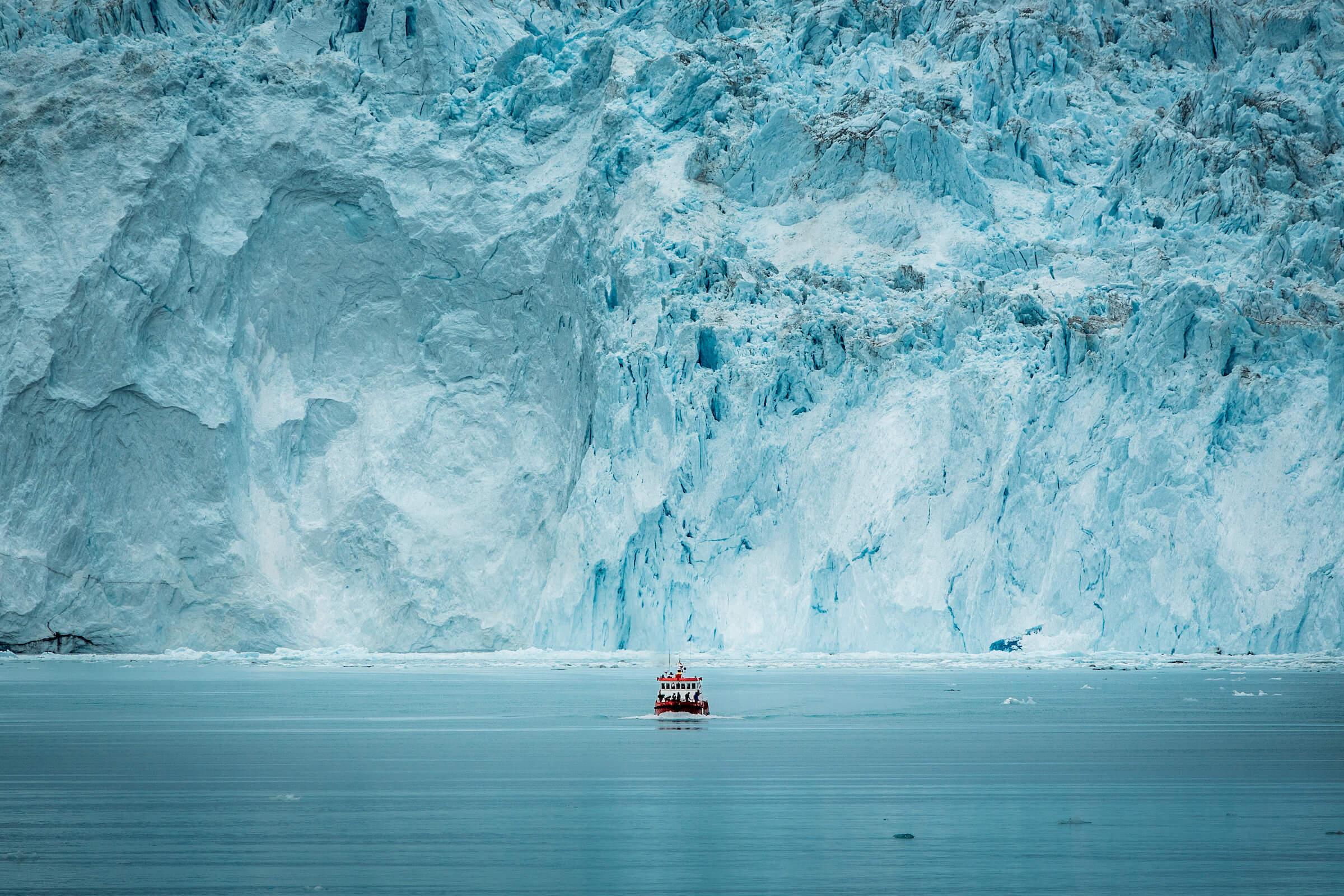
On January 9, 1954, North Ice, a former British research station in the interior of Greenland, recorded the lowest temperature in North America, measuring -66.1°C (-87°F). North Ice, which is 2,341 meters (7,680 feet) above sea level on the Greenland Ice Sheet, endures harsh winters with average temperatures of -50°C (-58°F). Even though it is no longer in use, the location is still vital in 2025 because of its historical relevance and harsh conditions. North Ice is a frozen remnant of arctic exploration and a reminder of Greenland's climatic extremes because of the region's high albedo (ice reflectivity) and enduring Arctic high-pressure systems, which intensify the cold.
10. Russia (Other Regions):
Russia's enormous territory extends beyond Oymyakon to other icy areas, especially in Siberia and the Far East. Temperatures at Verkhoyansk, another candidate for the title of "Pole of Cold," have dropped as low as -67.8°C (-90°F). Winter temperatures in places like Yakutsk, the coldest major city, average -40°C (-40°F). Russia has a network of cold hotspots due to its size, continental climate, and proximity to the Arctic. Residents of these sparsely populated locations in 2025 must rely on heating equipment, fur gear, and thick insulation to survive. Russia's supremacy on this list is a reflection of its unmatched vulnerability to harsh winter weather throughout its territory.
Comments 0